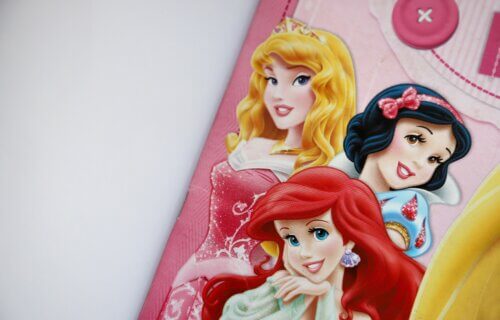DAVIS, Calif. — Millions of young girls across the United States will be dressing up as their favorite Disney princesses for Halloween. In recent years, some parents and child mental health advocates have expressed concern that the beloved fairytale heroines may actually be doing more harm than good, especially when it comes to body image in young girls. New research shows that belief appears to be wrong. Not only is being a Disney princess a good trick-or-treat costume, but the study shows they’re acutally great for a child’s self-image and confidence.
Disney princesses, beloved characters since the premiere of “Snow White and the Seven Dwarfs” in 1937, have recently been the subject of a study by the University of California, Davis. Researchers aimed to uncover the effects of these princesses on children’s self-image and the ways they play.
“People are critical of Disney princesses,” says study lead Jane Shawcroft, a doctoral student researcher in the Department of Communication at UC Davis, in a university release.
The findings, though, suggest that these characters might actually boost young kids’ confidence in their own bodies and diversify their play patterns.
‘Stories more about what they can do with their bodies than how they look’
Researchers categorized Disney princesses based on their perceived body size. For instance, Moana from the 2016 film was classified as having an average body size, while Jasmine from “Aladdin” (1992) was considered thin. The study noted that Elsa from “Frozen” (2013) was the most favored princess among both boys and girls.
The primary focus of the study was to determine if a child’s preferred princess influenced their body esteem – essentially how they feel about their own bodies – and the types of play they gravitate towards. According to Shawcroft, these are the main concerns parents voice regarding Disney princesses.
Children’s body esteem was evaluated based on feedback from caregivers. Another evaluation observed the children’s choice of toys to deduce if they lean more towards stereotypically masculine (like play guns) or feminine (like dolls) play. The study spanned over a year and involved 340 children and their caregivers in Denver.
One key finding was that children who favored princesses with average bodies, like Moana, had an improved body esteem a year later. They were also more inclined to engage in a mix of masculine and feminine play. This pattern held for both genders.
The frequency with which children pretended to be princesses influenced these results. The more they enacted these roles, especially if their chosen princess had an average body, the better their self-image and the broader their play preferences.
“They’re running and climbing enormous mountains and fighting things,” notes Shawcroft. “For these princesses, their stories are more about what they can do with their bodies than how their bodies look.”
Preference for a thin princess didn’t negatively impact children’s self-image or play habits.
“Princesses with average body size created a protective effect, strengthening how confident children feel about their own bodies and freeing them to play in different ways,” explains Shawcroft.
Shawcroft emphasizes that Disney princesses play a more significant role in children’s lives than most realize.
“With children’s media, people tend to be critical or dismissive of what kids, especially girls, like,” says Shawcroft. “Disney princesses really matter to young children, and we should also recognize that media centered on women and that tell women’s stories are important.”
The study is published in the American Psychological Association journal Psychology.
